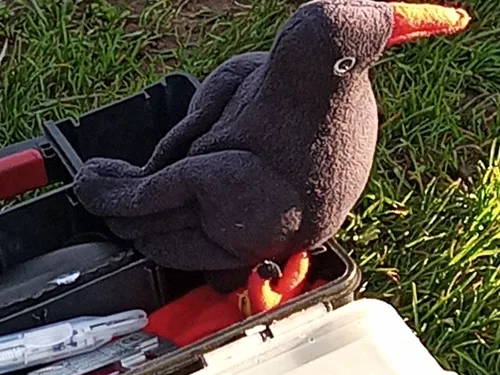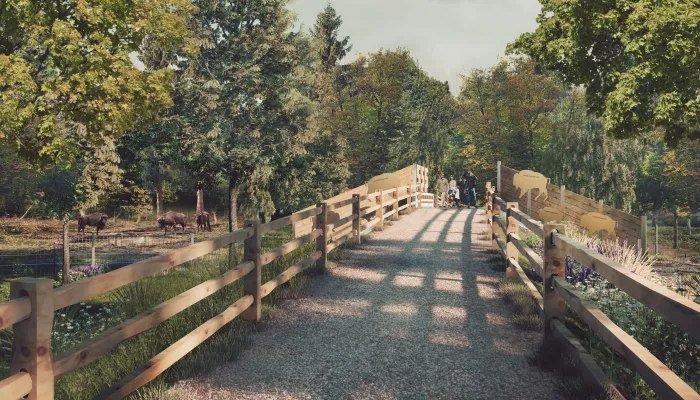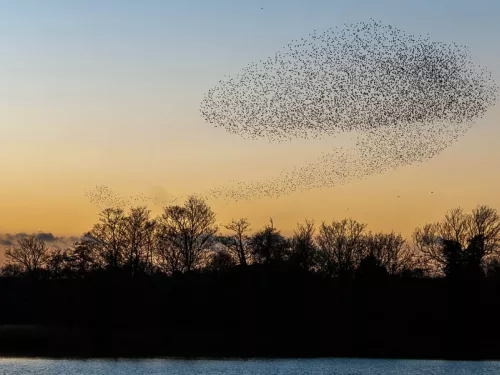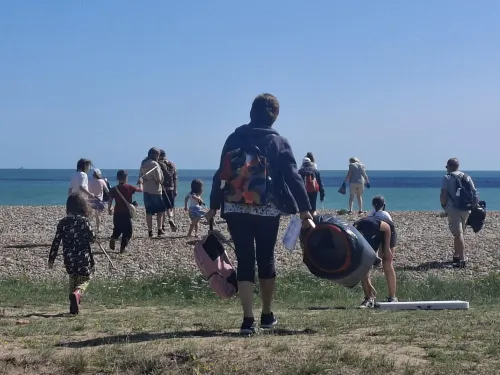
Temple Ewell’s Chough Champions
Temple Ewell is a proud to be the pilot school for Chough Champions, a recent addition to the Wilder Kent Awards. Learn more about the initiative here.


Temple Ewell is a proud to be the pilot school for Chough Champions, a recent addition to the Wilder Kent Awards. Learn more about the initiative here.

The Planning and Infrastructure Bill is almost law – and without key protections that the House of Lords has just voted to add to the Bill it could be disastrous for wildlife and wild places. We now need MPs to back these changes.

Protected Area Warden Nina Jones reflects on this year's National Marine Week: a lively celebration of Kent’s marine and coastal environment.